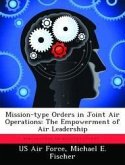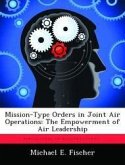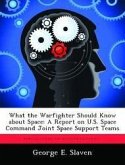As originally conceived in World War I, combat reporting from tactical aircraft has the potential to provide critical information concerning friendly operations and enemy activity to enhance situational awareness, supporting force protection and operations planning. While the technology used to observe and report information has evolved considerably since 1918, the basic concept of a narrative report based on post-mission intelligence debriefing remains. This thesis examined what modifications should be made to the Combined Force Air Component Commander's mission reporting standards and processes to produce mission reporting capable of satisfying joint information requirements at the strategic, operational, and tactical levels of conflict. The thesis explored the potential of tactical air reporting to satisfy joint information requirements throughout full spectrum operations, and presented a framework of information and reporting requirements based on modern aircraft capabilities set against the contemporary operating environment. An examination of the existing mission reporting process, including facilitators, information processing systems, and messages was used to determine suitability of the air component's existing reporting architecture. The thesis concluded with recommendations to increase the flow of information throughout the joint force and shorten reporting timelines to provide actionable information from focused collection efforts.








